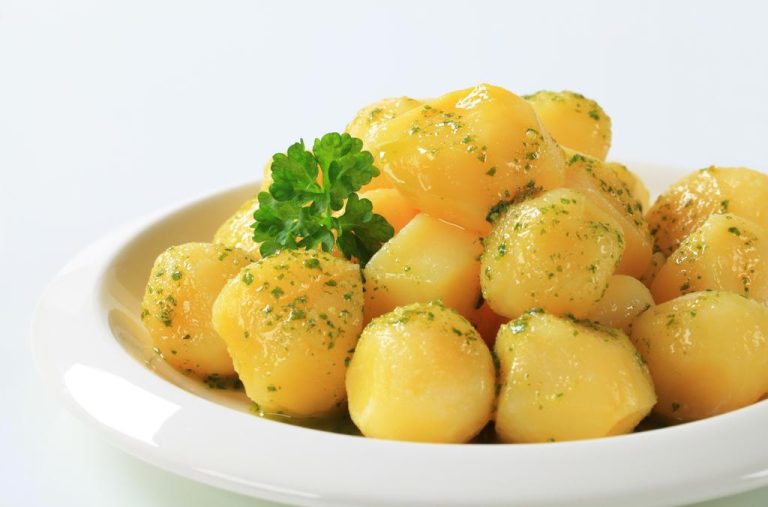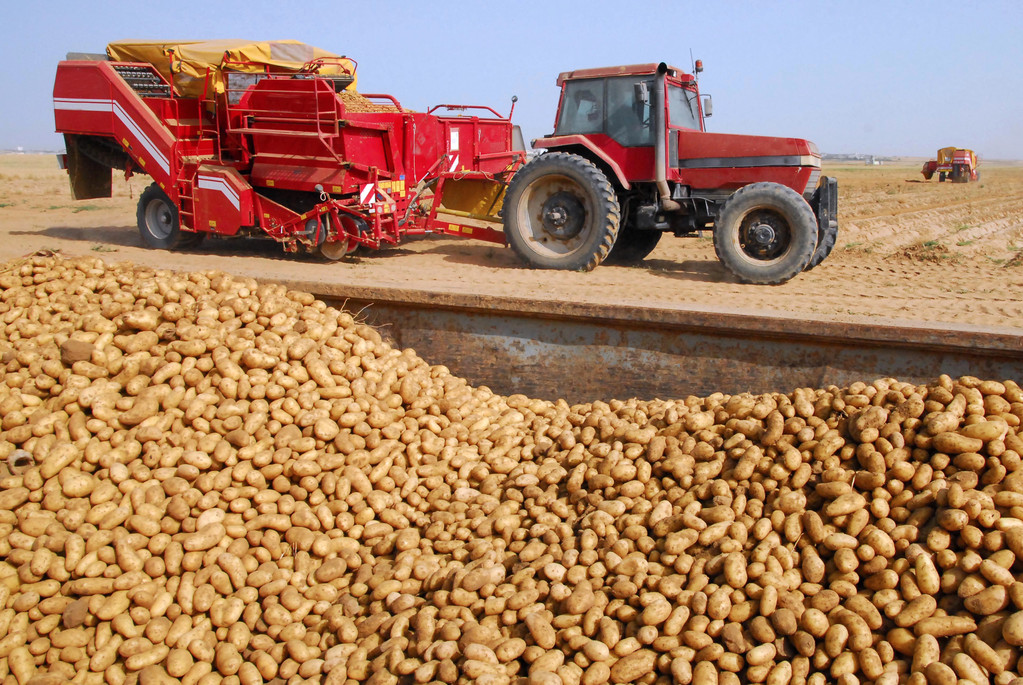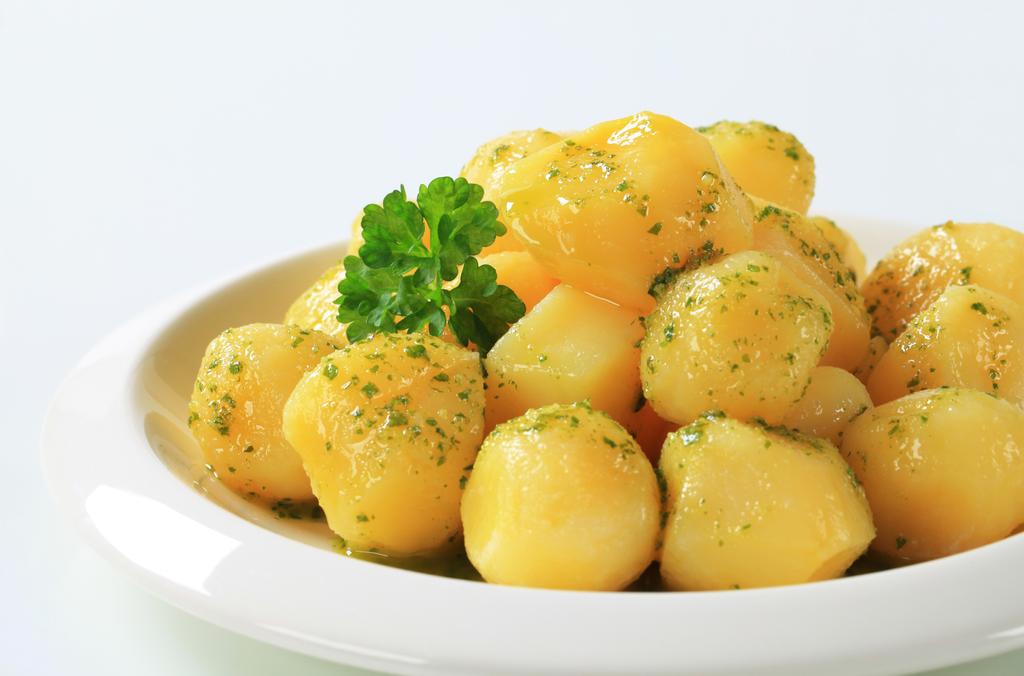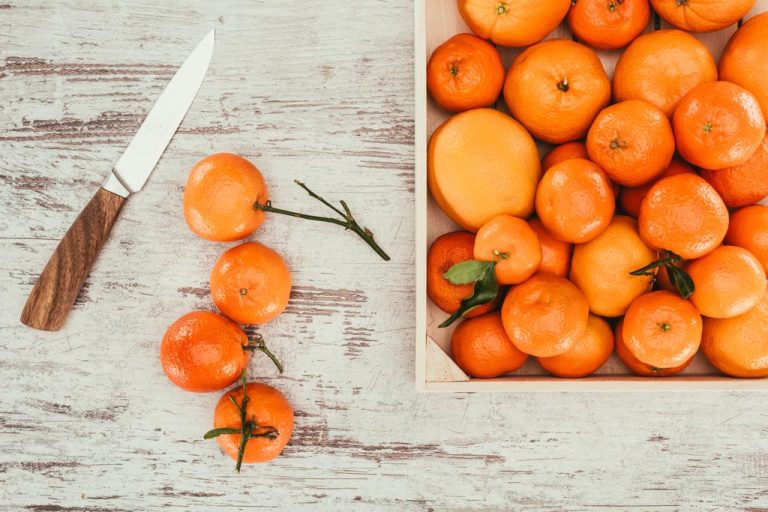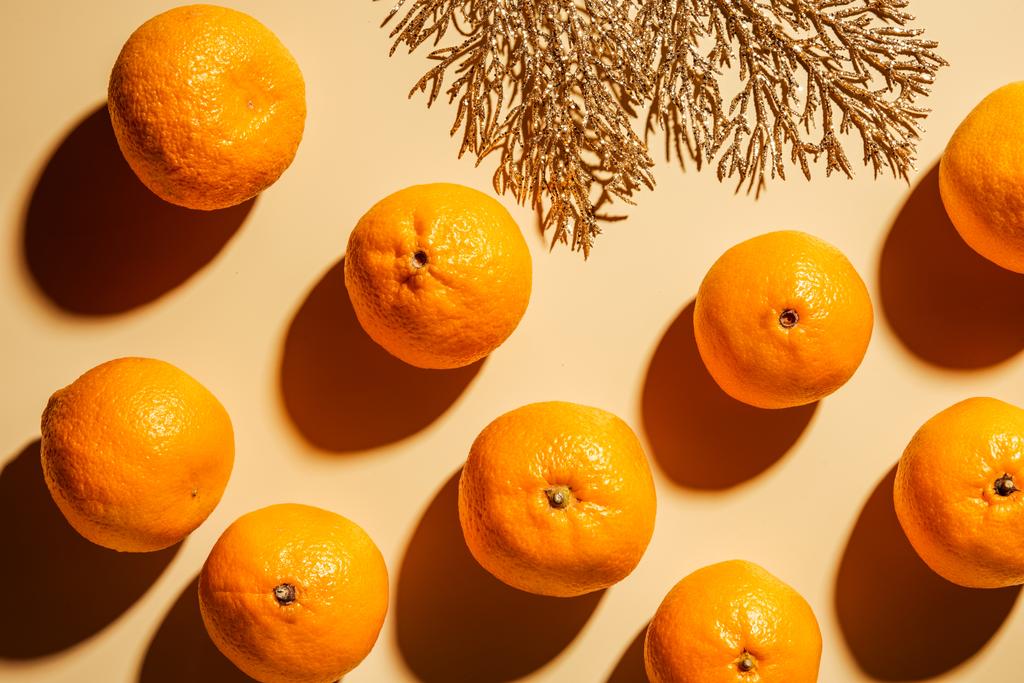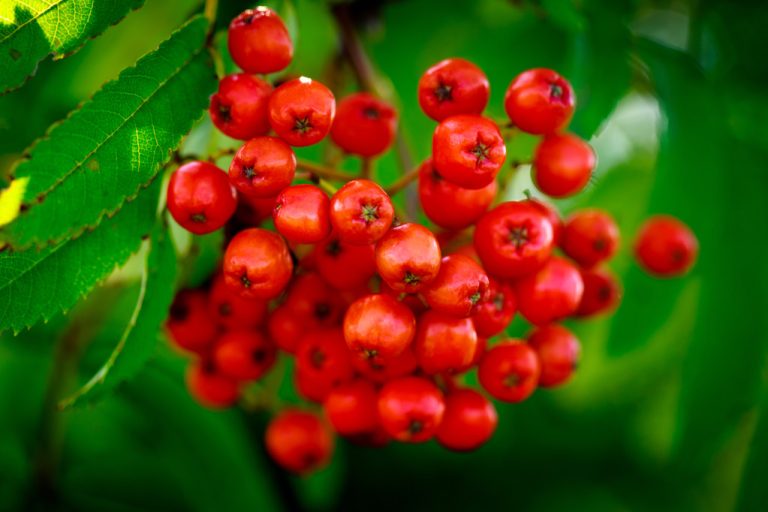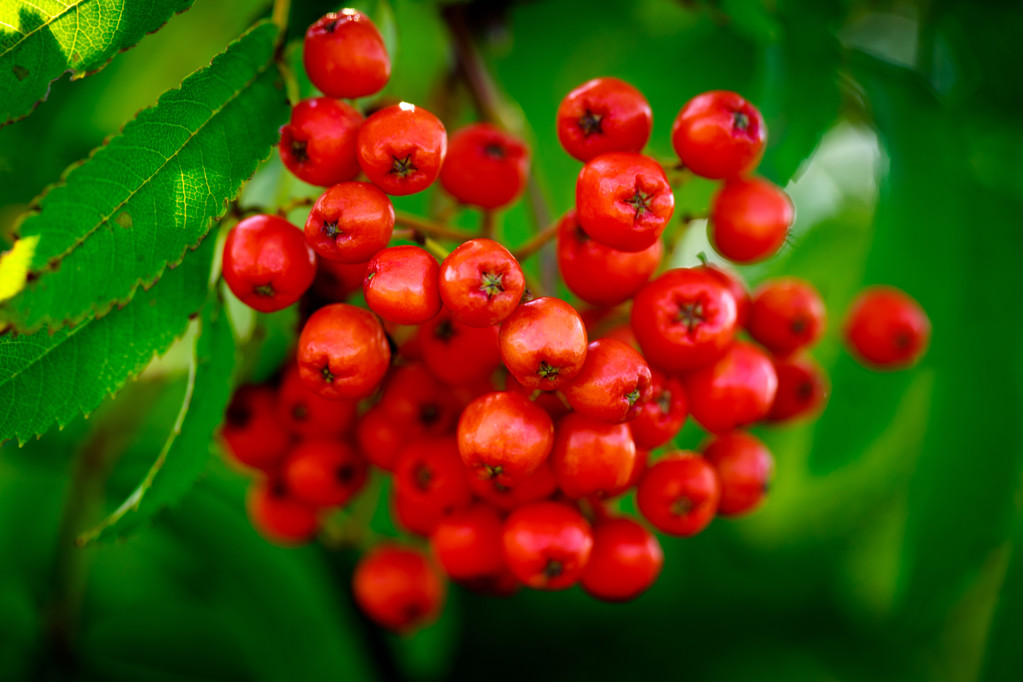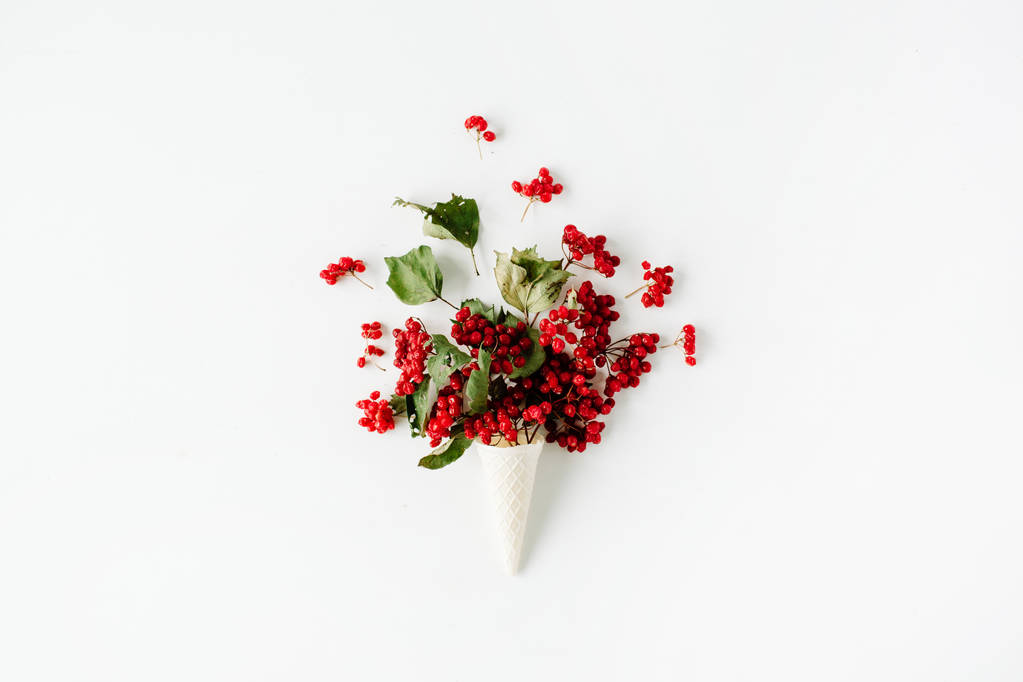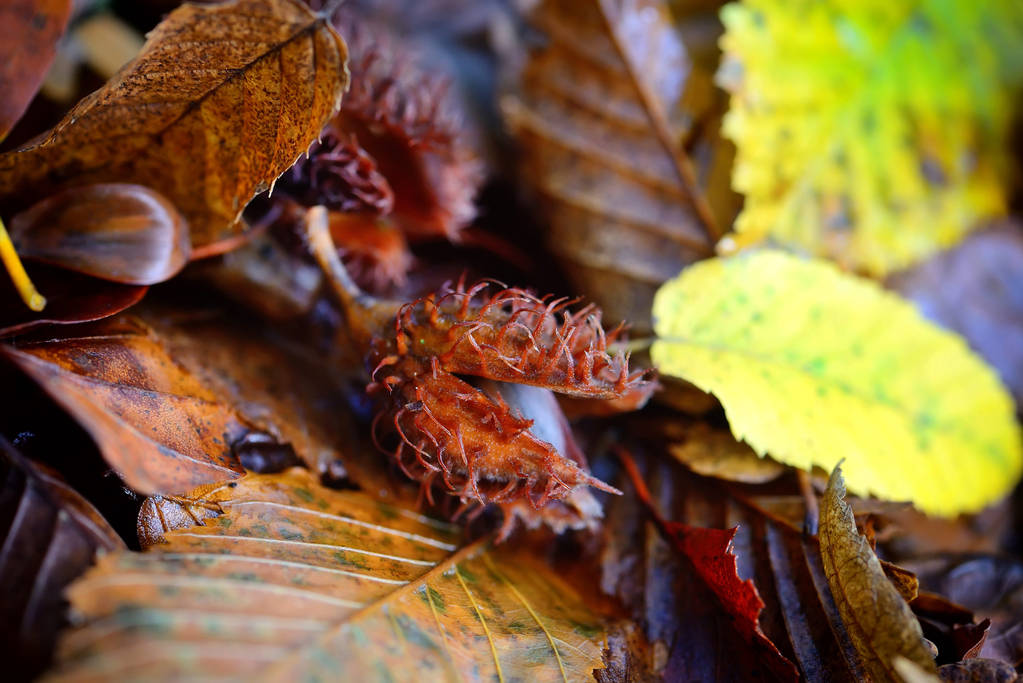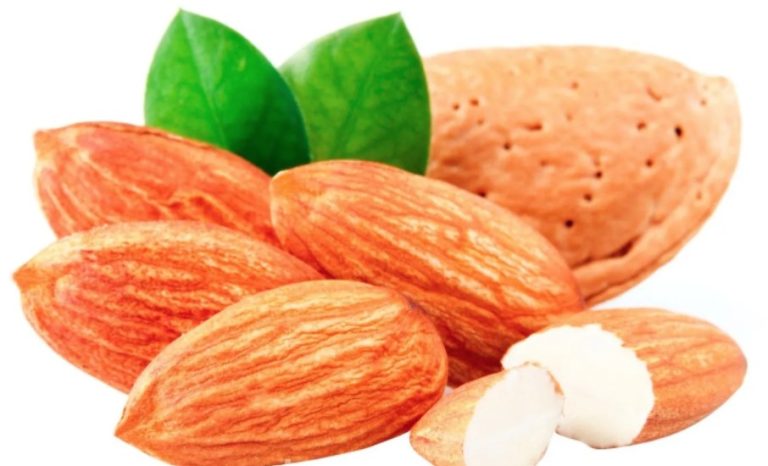Bitter almonds are poisonous when raw due to the hydrocyanic acid. Cooked or baked, however, they are used in many traditional recipes. Here you can find out when you can eat bitter almonds and what to look out for.
Bitter almonds are valued for their intense almond flavor and, despite their toxic effect, are often used as a baking ingredient. This is possible because the toxic substance largely evaporates when heated. In contrast to baking flavors, you get a natural and less dominant bitter almond taste. We’ll show you what you absolutely have to consider when seasoning with bitter almonds.
Bitter Almonds: Inedible when raw

Bitter almonds are closely related to the sweet almonds and like these fruits of the almond tree. Visually, the two subspecies can often hardly be distinguished, with the bitter almond being slightly smaller than the sweet almond. Some bitter specimens can also be found among sweet almonds, which also contain hydrocyanic acid and should not be eaten raw. If you bite into a very bitter almond from a packet of sweet almonds, it’s best to spit it out.
Bitter almonds contain around three to five percent amygdalin, i.e. hydrocyanic acid bound to sugar residues, which is toxic when raw. During digestion, the highly toxic hydrocyanic acid is split off, which can cause serious symptoms of poisoning even in small quantities. In addition to hydrocyanic acid (or hydrogen cyanide), benzaldehyde is also split off. Both substances have the typical bitter almond taste, which is reminiscent of marzipan and is popular in many baking recipes. In contrast to hydrocyanic acid, benzaldehyde is not toxic and is used as a bitter almond aroma (also called false bitter almond oil) for baking.
According to the Lower Saxony State Office for Consumer Protection and Food Safety (LAVES), the hydrogen cyanide content of raw bitter almonds is up to 3000 milligrams per kilogram. Depending on body weight, 5 to 10 bitter almonds can be deadly for children. This number is higher for adults, but you should definitely avoid raw bitter almonds. In the trade, the bitter seeds are usually only offered in small packs of 50 grams. You can buy bitter almonds in the health food store or in the pharmacy.
By the way: Bitter apricot kernels also contain amygdalin. Studies by LAVES have shown that their hydrocyanic acid content is comparable to that of bitter almonds. The Federal Institute for Risk Assessment (BfR) warns against eating more than two apricot kernels a day; tolerance is significantly lower in children. The same applies to raw bitter almonds.
Cooking or baking bitter almonds: this is how you can eat them
Since hydrocyanic acid is very sensitive to heat, it evaporates when cooking or baking and only a very small proportion of the toxic substance remains. You can therefore consume small amounts in heated dishes without hesitation. For example, you can use bitter almonds to flavor pastries, liqueurs or other desserts. Traditionally, bitter almonds are incorporated into Christmas stollen, amaretti and liqueurs, among other things.
You can process bitter almonds by grinding them finely or grating them with the other ingredients like fresh nutmeg with a fine grater. The food must then be heated. Alternatively, you can heat the kernels separately in the oven and use them to refine cold desserts. Depending on how intense the bitter almond taste should be, you can calculate around 5 to 15 grams of bitter almonds per 500 grams of mass. This amount is completely harmless after heating.
Below you will find a recipe for aromatic cantuccini with bitter almonds without artificial flavorings.
Cantuccini with bitter almonds: recipe without artificial baking flavors
Ingredients:
250 g flour
125 gsugar
1 teaspoon Baking powder
0.5 tsp salt
10 g bitter almonds
2organic eggs
20 gorganic butter (soft)
0.5 vanilla bean
200 g almonds
Zest of an organic lemon (optional)
Directions:
Place the flour, sugar, baking powder, and salt in a large bowl and mix together.
Finely grind the bitter almonds or use a very fine grater to grate them into the dry ingredients. Mix everything thoroughly.
Add the organic eggs, the softened butter and the pulp of half a vanilla pod (alternatively, you can also use a pinch of homemade vanilla sugar) and knead all the ingredients together. For a special aroma you can add the zest of an organic lemon. Knead in the whole sweet almonds at the end.
Chill the dough for half an hour.
Preheat the oven to 190°C top/bottom heat. In the meantime, divide the dough into five portions, roll them into four centimeter thick strands and place them on a baking tray lined with a baking paper alternative or baking paper. Leave some space between the rolls as the pastries will rise in the oven.
Bake the rolls for about 12 to 15 minutes, let them cool slightly and cut them into slices about 1.5 centimeters wide.
Place them cut-side up on the baking sheet and bake for another 10 minutes until golden brown. Allow the cantuccini to cool completely before packing in an airtight container.
Alternatives to bitter almonds: bitter almond flavor
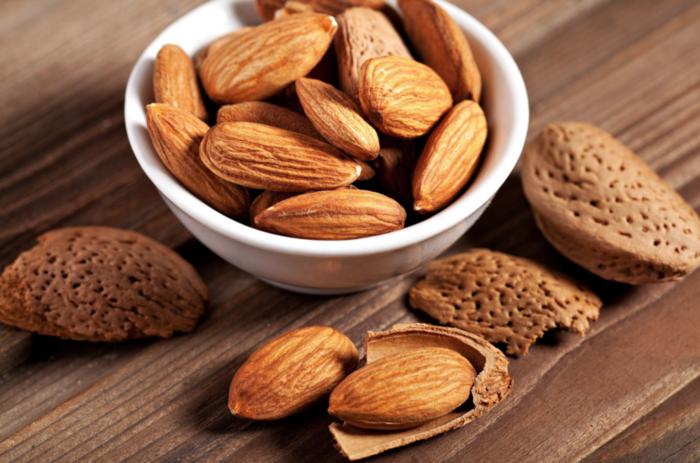
Due to the toxic hydrogen cyanide, many prefer to use bitter almond flavoring when baking, which tastes the same but does not contain any of the toxic substances found in bitter almonds.
You can also use bitter almond oil, which is obtained from the kernels of bitter almonds, apricots or other stone fruit. Bitter almond oil consists mainly of benzaldehyde, but also contains toxic hydrocyanic acid. Thanks to the intense almond aroma, it is used as a spice oil in food production but also in perfumery. Important: If you want to use bitter almond oil for food, you must heat it up before consumption.
Tip: The oil can be freed from the hydrocyanic acid using special processes. You can therefore also find bitter almond oil free of hydrocyanic acid in stores.







